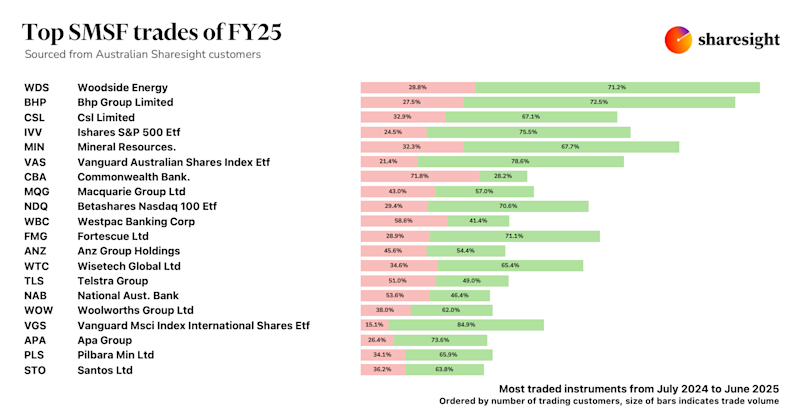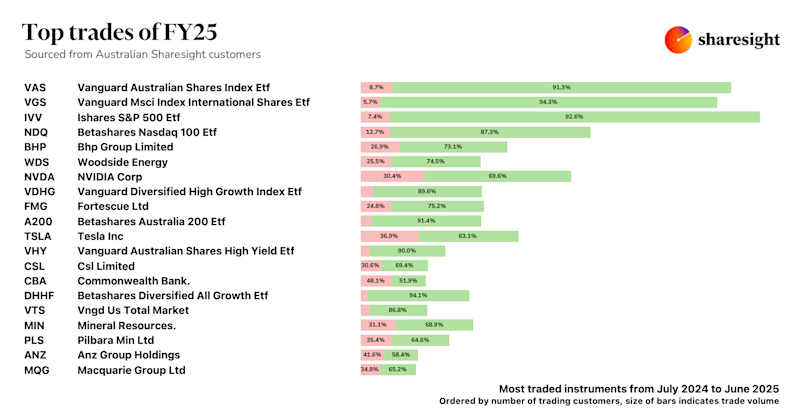What does liquidity mean in investment?
Disclaimer: This article is for informational purposes only and does not constitute a specific product recommendation, or taxation or financial advice and should not be relied upon as such. While we use reasonable endeavours to keep the information up-to-date, we make no representation that any information is accurate or up-to-date. If you choose to make use of the content in this article, you do so at your own risk. To the extent permitted by law, we do not assume any responsibility or liability arising from or connected with your use or reliance on the content on our site. Please check with your adviser or accountant to obtain the correct advice for your situation.
In the simplest terms, liquidity as an investment term refers to how quickly an investor can get their money back should they require it. The most liquid asset is cash as nothing needs to be exchanged for the holder to get value out of it and it can quickly, easily and universally be exchanged for other assets, goods or services. A savings account would be another example of a liquid asset.
Illiquid assets are often physical possessions such as antiques or artwork where it may take a long time to get the desired price, and where a quick sale is only likely at a considerably lower market price. More tangible items like houses and cars are also illiquid assets, while financial assets ranging from equities to bonds fall at various places on the liquidity continuum. The two main types of liquidity include market liquidity and accounting liquidity.

What is market liquidity?
How liquid an asset is has much to do with societal expectation and the market it trades in. For example, a country's stock market or a city's real estate market provide the backdrop for shares or property to be bought and sold at stable, transparent prices. There is also an expectation that a market with high liquidity, such as a stock market, will allow buyers and sellers to trade quickly and easily while the market for rare paintings, for example, is far less established.
A properly functioning exchange, with high volumes of buyers and sellers, is likely to result in the seller’s ask price and the buyer’s bid price being close to each other. When this spread grows – as it does with real estate markets and many commodities – then the market is said to be less liquid.
What is accounting liquidity?
Accounting liquidity is a measure of how easily and quickly a company or individual could use their liquid/illiquid assets to meet financial obligations. For example, a person with $20,000 in a savings account would be better placed to deal with an unexpected tax bill than a counterpart with $20,000 invested in collectable stamps, all else being equal. In investment terms, assessing accounting liquidity means comparing liquid assets to short-term liabilities, with short-term in this context understood to mean within 12 months.
For businesses planning ahead, this means both looking at current and upcoming bills to ensure there is enough cash or credit on hand to cover all expected expenses; and making sure it has access to liquid assets that can be quickly converted into cash should there be an immediate need for money. The easier it is to convert the asset to cash, the more liquid the asset.
Are stocks liquid assets?
While not as liquid as forex markets, the securities markets in most countries are considered to be very liquid. Stocks, ETFs, mutual funds, bonds and commodities can usually be bought and sold almost immediately during normal trading hours.
In terms of investment asset classes, equities are among the most liquid, although some stocks are more liquid than others. The most liquid stocks tend to be those with a great deal of interest from various market participants, along with high daily transaction volumes. Such stocks will also attract a larger number of market makers who maintain a tighter two-sided market, with this lower spread between ask price and bid price being a key factor in determining liquidity.
Why are some stocks more liquid than others?
Stock liquidity is determined by how accessible a stock is and how easily and efficiently it can be bought or sold without impacting its price. Large, well-known companies on major exchanges tend to be the most liquid as these are frequently traded and can usually be sold for the market price – even, in the case of popular growth stocks, when the market is moving downwards.
Investing in a stock with high liquidity is generally safer than those with low liquidity. Illiquid stocks are also more high-risk to investors as it might be harder to find a buyer, unlike stocks that are traded frequently. As a result, liquidity is a major factor traders use to assess an investment.
How do I identify liquid stocks?
There are three main indicators that should help identify a liquid stock:
1. The difference between the bid price and ask price is less
As mentioned previously, a narrow bid-ask spread occurs when there is little difference between the bid price and the ask price. This scenario also indicates that there are more buyers who are interested in buying the stocks at the price suitable to the sellers. Such a market condition indicates that stocks are liquid enough to sell.
2. Trade volume is high
High trade volumes indicate that a large number of shares are bought and sold on a given day. High trade volume is a positive sign as it shows that the stock is in demand and has a wide range of prospective buyers.
3. The stocks have high trade volume during high float
Float is the number of shares that are publicly owned and available on the market for trade. Generally, a high float means a higher number of shares available for trading. A high trade volume during a high float is a sure sign that the available shares are also being traded at a high rate, thus confirming a liquid stock.
Summary
To summarise, liquidity (in investment terms) is a measure of how quickly and easily an investor can get their money back, should they need it. Stocks are generally considered to be liquid assets, although the level of liquidity varies depending on the individual stock itself. To identify a liquid stock, an investor should look for a narrow bid-ask spread and high trade volume.
Track the performance of your stocks with Sharesight
If you’re not already using Sharesight, what are you waiting for? Join hundreds of thousands of investors using Sharesight to track their stocks alongside the rest of their investments. Sign up and:
-
Track all your investments in one place, including stocks in over 40 major global markets, mutual/managed funds, property, and even cryptocurrency
-
Automatically track your dividend and distribution income from stocks, ETFs and mutual/managed funds
-
Run powerful reports built for investors, including performance, portfolio diversity, contribution analysis, multi-period, multi-currency valuation and future income (upcoming dividends)
-
Get the true picture of your investment performance, including the impact of brokerage fees, dividends, and capital gains with Sharesight’s annualised performance calculation methodology
Sign up for a FREE Sharesight account to start tracking your performance (and tax) today!
FURTHER READING

Sharesight users' top 20 trades – June 2025
Welcome to the June 2025 edition of Sharesight’s monthly trading snapshot, where we look at the top buy and sell trades by Sharesight users in all markets.

Top SMSF trades by Australian Sharesight users in FY24/25
Welcome to our annual Australian financial year trading snapshot for SMSFs, where we dive into this year’s top trades by Sharesight users.

Top trades by Australian Sharesight users in FY24/25
Welcome to the FY24/25 edition of our Australian trading snapshot, where we dive into this financial year’s top trades by Sharesight users.